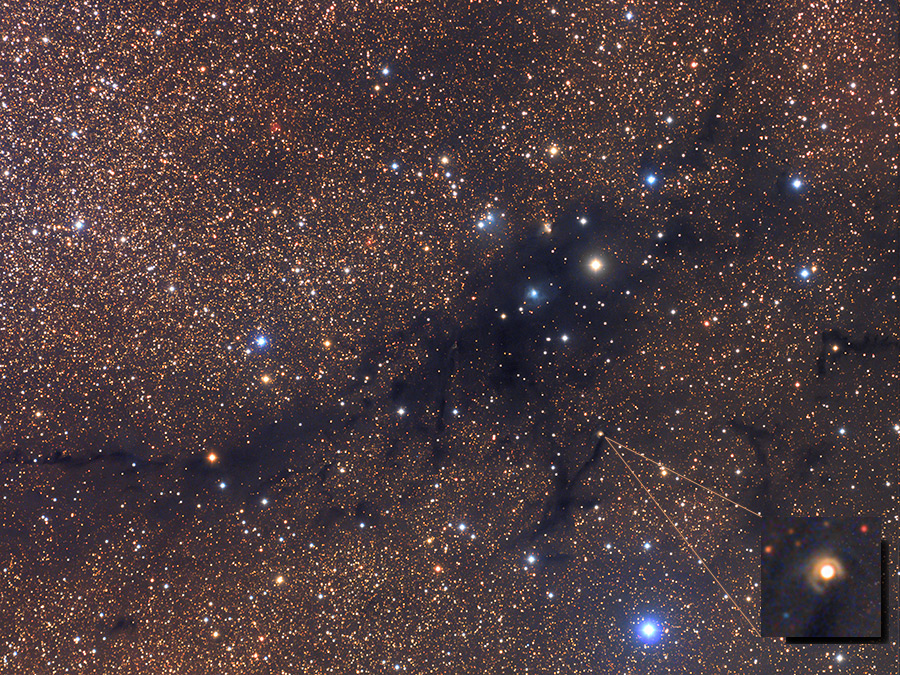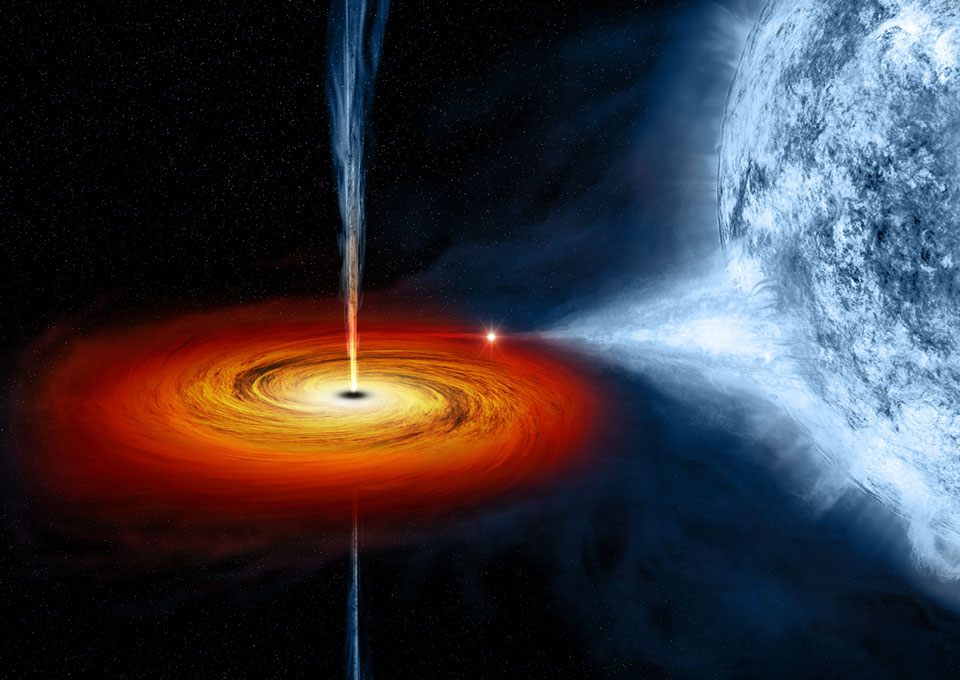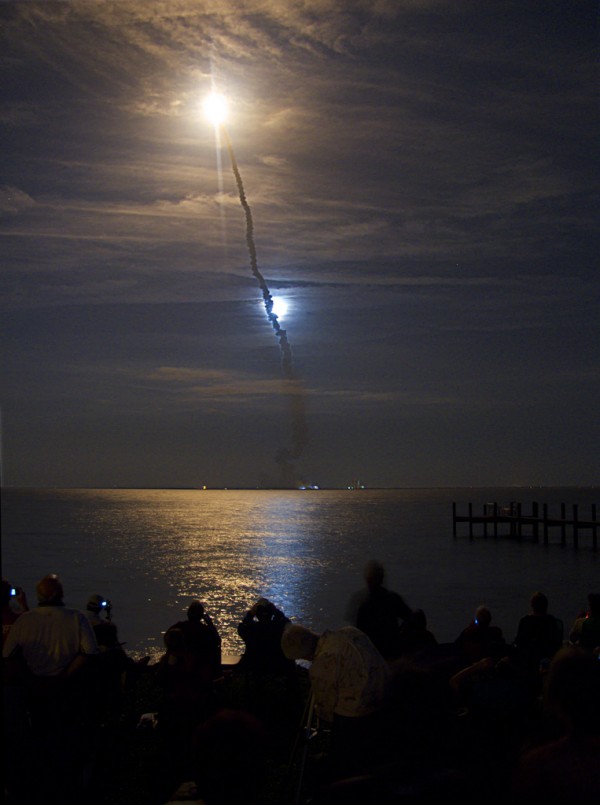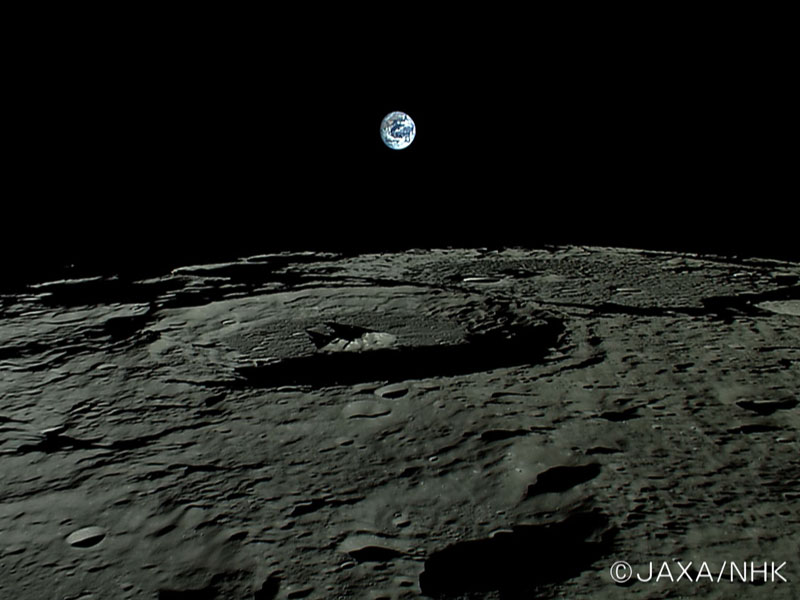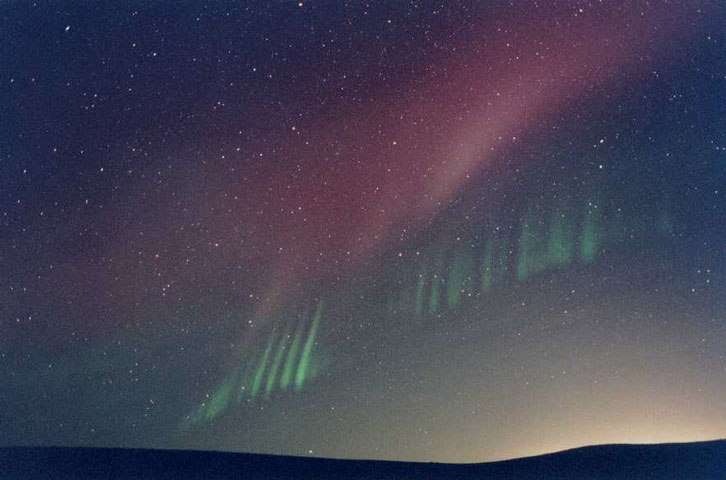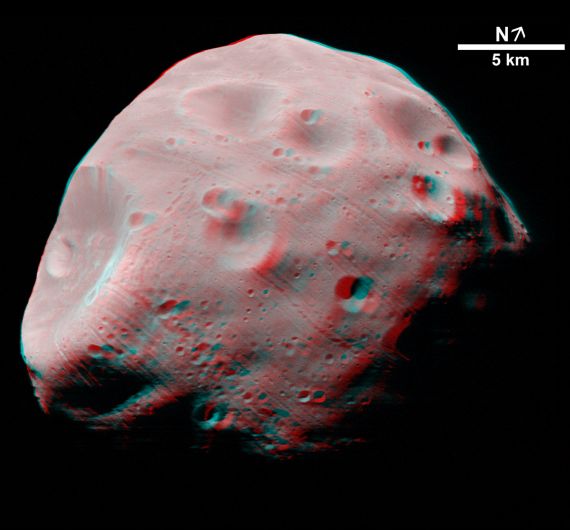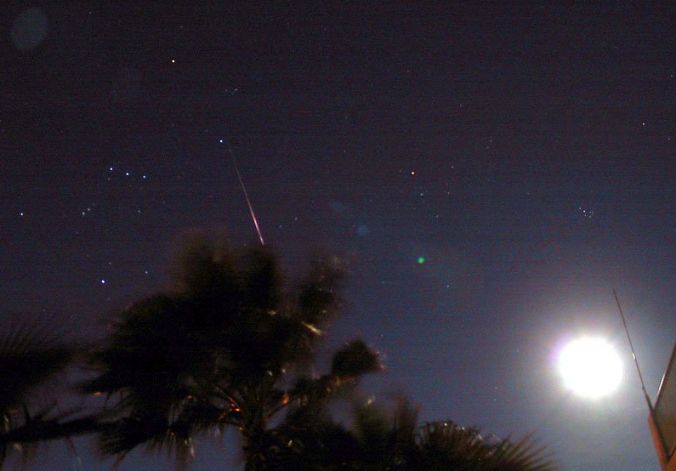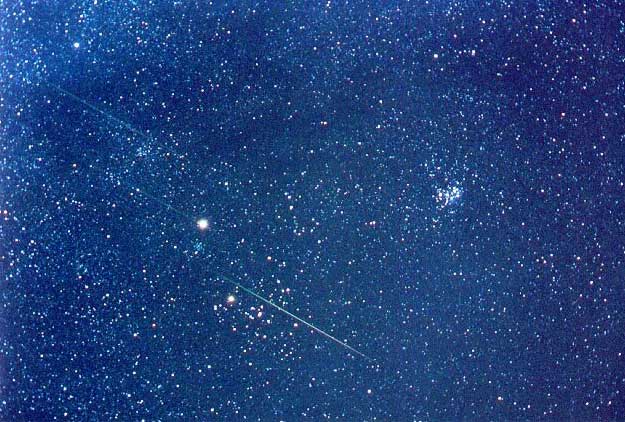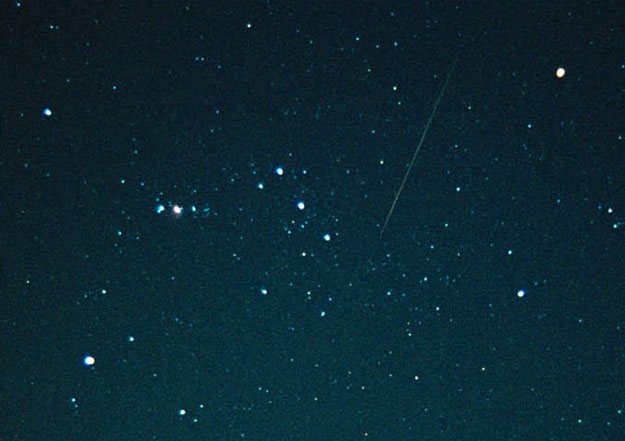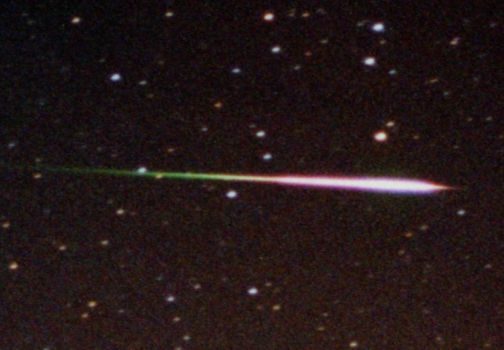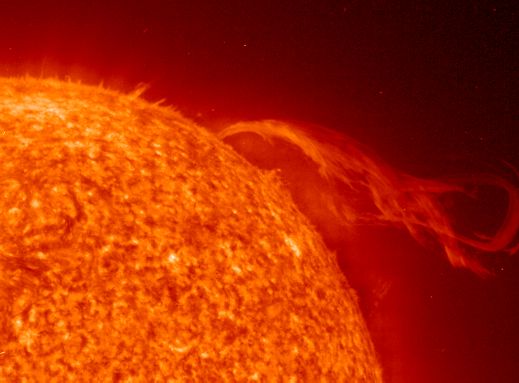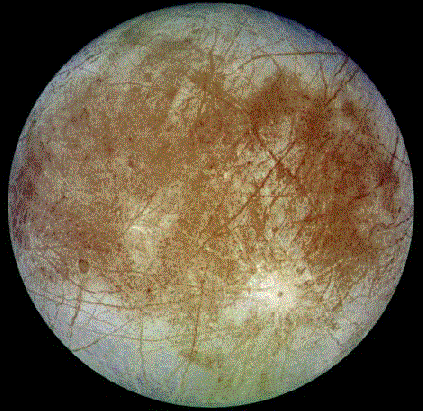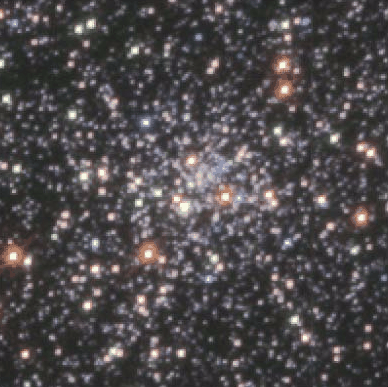| << Previous | Index | Next >> |
2014 Obscuring the rich starfields of northern Cygnus, dark nebula LDN 988 lies near the center of this cosmic skyscape. Composed with telescope and camera, the scene is some 2 degrees across. That corresponds to 70 light-years at the estimated 2,000 light-year distance of LDN 988. Stars are forming within LDN 988, part of a larger complex of dusty molecular clouds along the plane of our Milky Way galaxy sometimes called the Northern Coalsack. In fact, nebulosities associated with young stars abound in the region, including variable star V1331 Cygni shown in the inset. At the tip of a long dusty filament and partly surrounded by a curved reflection nebula, V1331 is thought to be a T-Tauri star, a sun-like star still in the early stages of formation.
2013 What are black hole jets made of? Many black holes in stellar systems are surely surrounded by disks of gas and plasma gravitationally pulled from a close binary star companion. Some of this material, after approaching the black hole, ends up being expelled from the star system in powerful jets emanating from the poles of the spinning black hole. Recent evidence indicates that these jets are composed not only electrons and protons, but also the nuclei of heavy elements such as iron and nickel. The discovery was made in system 4U1630-47 using CSIRO’s Compact Array of radio telescopes in eastern Australia, and the European Space Agency's Earth-orbiting XMM-Newton satellite. The 4U1630-47 star system is depicted above in an artist's illustration, with a large blue star on the right and jets emanating from a black hole in the center of the accretion disc on the left. Although the 4U1630-47 star system is thought to contain only a small black hole -- a few times the mass of our Sun -- the implications of the results may be larger: that black holes of larger sizes might also be emitting jets of massive nuclei into the cosmos.
2012 Have you ever seen a halo around the Moon? This fairly common sight occurs when high thin clouds containing millions of tiny ice crystals cover much of the sky. Each ice crystal acts like a miniature lens. Because most of the crystals have a similar elongated hexagonal shape, light entering one crystal face and exiting through the opposing face refracts 22 degrees, which corresponds to the radius of the Moon Halo. A similar Sun Halo may be visible during the day. The setting of the above picture is Athens, Greece. The distant planet Jupiter appears by chance on the halo's left. Exactly how ice-crystals form in clouds remains under investigation.
2011
2010 The first identified compact galaxy group, Stephan's Quintet is featured in this eye-catching image constructed with data drawn from the extensive Hubble Legacy Archive. About 300 million light-years away, only four galaxies of the group are actually locked in a cosmic dance of repeated close encounters. The odd man out is easy to spot, though. The four interacting galaxies (NGC 7319, 7318A, 7318B, and 7317) have an overall yellowish cast and tend to have distorted loops and tails, grown under the influence of disruptive gravitational tides. But the larger bluish galaxy, NGC 7320, is much closer than the others. Just 40 million light-years distant, it isn't part of the interacting group. In fact, individual stars in the foreground galaxy can be seen in the sharp Hubble view, hinting that it is much closer than the others. Stephan's Quintet lies within the boundaries of the high flying constellation Pegasus.
2009 This bright meteor streaked through dark night skies over Sutherland, South Africa on November 15. Potentially part of the annual Leonid meteor shower, its sudden, brilliant appearance, likened to a camera's flash, was captured by chance as it passed between two clouds. Of course, the two clouds are also visible to the eye in dark southern skies - the Large and Small Magellanic Clouds - satellite galaxies of our own Milky Way. This year's Leonid meteor shower peaked on November 17 as the Earth passed through the stream of dust from periodic comet Tempel-Tuttle.
2008 Glaring near the top of the frame, the shuttle orbiter Endeavour rockets into the night on the STS-126 mission. Endeavour left planet Earth on November 14 from Launch Pad 39A at NASA's Kennedy Space Center, making the 27th flight to the International Space Station. To record the dramatic view, the camera was placed so the shuttle's flight path tracked across the Moon, from a vantage point in Indian River City, Florida. Near picture center the almost full, perigee Moon shining through thin clouds silhouettes the shuttle's dense exhaust trail. On board the space station, the crew and the STS-126 astronauts can celebrate the orbital outpost's 10th anniversary today. Construction of the International Space Station officially began with the November 20, 1998 Russian launch of the station's first element, the bus-sized Zarya module.
2007 What does the Earth look like from the Moon? A new version of this space age perspective was captured by the robotic Kaguya spacecraft currently in orbit around Earth's Moon. Launched two months ago by Japan, the scientific mission of the Selenological and Engineering Explorer (SELENE), nicknamed Kaguya, is to study the origin and evolution of the Moon. Last month Kaguya reached lunar orbit and starting transmitting data and images. This frame is from Kaguya's onboard HDTV camera. An astronaut standing on the lunar surface would never actually see the Earth rise, since the Moon always keeps the same side toward the Earth. This Earthrise as well as the famous Earthrise captured 40 years ago by the crew of Apollo 8, only occurs for observers in lunar orbit.
2006 The Great Nebula in Orion, an immense, nearby starbirth region, is probably the most famous of all astronomical nebulas. Here, glowing gas surrounds hot young stars at the edge of an immense interstellar molecular cloud only 1500 light-years away. In the above deep image, faint wisps and sheets of dust and gas are particularly evident. The Great Nebula in Orion can be found with the unaided eye just below and to the left of the easily identifiable belt of three stars in the popular constellation Orion. In addition to housing a bright open cluster of stars known as the Trapezium, the Orion Nebula contains many stellar nurseries. These nurseries contain hydrogen gas, hot young stars, proplyds, and stellar jets spewing material at high speeds. Also known as M42, the Orion Nebula spans about 40 light years and is located in the same spiral arm of our Galaxy as the Sun.
2005 This aurora was a bit of a surprise. For starters, on this Friday morning in August 2002, no intense auroral activity was expected at all. Possibly more surprising, however, the aurora appeared to show an usual structure of green rays from some locations. In the above image, captured from North Dakota, USA, a picket fence of green rays stretches toward the horizon. Mirroring the green rays is a red band, somewhat rare in its own right. Lights from the cities of Bismarck and Mandan are visible near the horizon. Large sunspot groups indicate that activity from an active Sun is relatively likely, possibly causing other streams of energetic particles to cascade onto the Earth and so causing more auroras.
2004 Get out your red/blue glasses and float next to Phobos, grooved moon of Mars! Also featured in yesterday's episode, the image data from the Mars Express High Resolution Stereo Camera was recorded at a distance of about 200 kilometers. This tantalizing stereo anaglyph view shows the Mars-facing side of the asteroid-like moon's cratered and grooved surface. Up to hundreds of meters wide, the mysterious grooves may be fractures related to the impact which created 10 kilometer wide Stickney crater, the large crater at the left.
2003 Launched in 1977, Voyager 1 is now about 12 light-hours or 90 astronomical units (AU) from the Sun, making this spacecraft humanity's most distant ambassador to the cosmos. Well beyond the orbits of the outer planets, Voyager 1 is believed to be entering the realm of deep space near the edge of the heliosphere, the region dominated by the solar wind and magnetic field. Causing some debate, new results from instruments still operating have given indications that the spacecraft could finally be encountering a fluctuating boundary known as the solar wind's termination shock. Illustrated above, the bubble-shaped termination shock is produced when the wind from the Sun slows dramatically and piles up as it runs in to the tenuous interstellar gas. Still farther out, beyond the heliopause, solar wind and interstellar gas begin to mix, while the heliosphere's motion through interstellar space creates a bow shock, analogous to a boat moving through water. Estimates are that both Voyager 1 and 2 have enough power and fuel to operate until about the year 2020. The spacecraft continue to coast toward interstellar space at over 3 AU per year.
2002 Beautiful and bright, the 2002 Leonid meteors battled against glaring moonlight. This winning example, from Tuesday morning skies above Laughlin, Nevada, USA, finds an undaunted Leonid streaking between the familiar constellation of Orion (left) and an overexposed full Moon. As anticipated, the Leonid shower packed a double punch on November 19 with planet Earth plunging through two dense clouds of meteroids, dusty debris left by the passage of comet Tempel-Tuttle. Some European observers reported 10 or so meteors a minute during the first peak near 4:00 Universal Time while North American skygazers witnessed slightly lower rates near the second peak around 10:30 UT. Overall, observed rates were much lower than last year's Leonid meteor storm, but for many the sky was still filled with a rewarding spectacle of bright meteors. And that performance may be a fond farewell for years to come. The annual Leonid meteor shower will not likely approach even these rates again until the end of this century.
2001 As meteor after meteor streaked across a moonless sky, photographers across the world snapped pictures of the 2001 Leonids Meteor Shower. Many recognized this as the best meteor shower they had ever seen. In fact, the 2001 Leonids was the most active meteor shower since the mid-1960s. The above photo captures three Leonid meteors crossing a photogenic star-field. On the far right is the Pleiades star cluster. The brightest meteor crosses right in front of the Hyades star cluster, situated below the image center. Just left of center is the bright planet Saturn, and the bright star below Saturn is Aldebaran. The ten-minute exposure was taken near Victoria, British Columbia, Canada at 2:45 am PST on 2001 November 18.
2000 The Leonid Meteor Shower this year could be described as good but not great. During November 17 and 18 the Earth crossed through several streams of sand-sized grit left orbiting the Sun by Comet Tempel-Tuttle. Several distinct peaks in meteor activity were reported, with rates approaching 400 meteors per hour for brief periods for some dark locations. Pictured above, a Leonid meteor was caught from Florida streaking through the constellation of Orion on the morning of 2000 November 18. Visible as a red-tinged smudge to the left of the three nearly linear stars that compose Orion's belt is the picturesque star-forming region known as the Orion Nebula. Next year, the Leonids Meteor Shower is expected by many to be much more active.
1999 A dim double star system cataloged as Gliese 623 lies 25 light-years from Earth, in the constellation of Hercules. The individual stars of this binary system were distinguished for the first time when the Hubble Space Telescope's Faint Object Camera recorded this image in June 1994. They are separated by 200 million miles - about twice the Earth/Sun distance. On the right, the fainter Gliese 623b is 60,000 times less luminous than the Sun and approximately 10 times less massive. The fuzzy rings around its brighter companion, Gliese 623a, are image artifacts. The lowest mass stars are classified as red dwarf stars, but even red dwarfs are massive enough to trigger hydrogen fusion in their cores to sustain their feeble starlight. Slightly less massive objects, known as brown dwarfs, can shine only briefly as their central temperatures are too low to utilize hydrogen as nuclear fuel. The present estimates of the mass of Gliese 623b are right at this red dwarf/brown dwarf border but future observations should help clarify the nature of one of our Galaxy's small stars. Dim and difficult to detect, an abundance of objects like Gl623b has been proposed as a possible solution to the mystery of "Dark Matter" in the Universe.
1998 "Goodness, Gracious, Green Balls Of Fire!", might have been an appropriate theme song title for the 1998 Leonid meteor shower. Many observers, like astrophotographer Steve Dunn watching from Cape Canaveral, Florida, USA, reported that a lot of the characteristically bright Leonid meteors had a greenish tint. Around 6:00 AM EST on November 17, he photographed this dazzling Leonid fireball leaving a striking green-to-white trail against a background of stars in the constellation Coma Berenices. Dunn comments that he considers himself a green novice observer, but is now anticipating next November's appearance of the Leonids shower.
1997 Twisted magnetic fields arching from the solar surface can trap ionized gas, suspending it in huge looping structures. These majestic plasma arches are seen as prominences above the solar limb. On September 14, this dramatic and detailed image was recorded by the EIT experiment on board the space-based SOHO observatory in the light emitted by ionized Helium. It shows hot plasma escaping into space as a fiery prominence breaks free from magnetic confinement a hundred thousand miles above the Sun. These awesome events bear watching as they can affect communications and power systems ninety three million miles away on Planet Earth.
1996 What mysteries might be solved by peering into this crystal ball? This crystal ball is quite unusual because it is actually a moon of Jupiter, the crystals are ice-crystals, and the ball is not only dirty and opaque but cracked beyond repair. Nevertheless, speculation is rampant that oceans exist under these tortured ice-plains that could support life. Europa, the smallest of Jupiter's Galilean moons, was photographed last month in natural color by the robot spacecraft Galileo, now in orbit around Jupiter. The brown patches are what one might think: dirt -- tainting an otherwise white ice-crust. Europa, nearly the same size as Earth's Moon, similarly keeps one face toward its home planet. The hemisphere of Europa shown above is the one that always trails. Why is Europa's surface the smoothest in the Solar System? Where are Europa's craters?
1995 Densely packed stars in the core of the globular cluster M15 are shown in this Hubble Space Telescope (HST) image taken in April of 1994. The stars revealed are contained in an area 1.6 light years across and their colors roughly indicate their temperatures - hot stars appear blue, cooler stars look reddish-orange. M15 has long been recognized as one of the densest cluster of stars in our galaxy outside of the galactic center itself. Even the unprecedented resolving power of the HST cameras could not separate the individual stars in its innermost regions. However, this HST image reveals that the density of stars continues to rise toward the cluster's core, suggesting that a sudden, runaway collapse due to the gravitational attraction of many closely packed stars or a single central massive object, perhaps a black hole, could account for the core's extreme density.
| << Previous | Index | Next >> |
